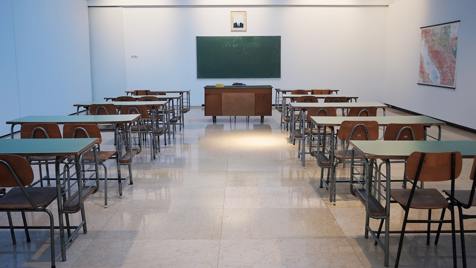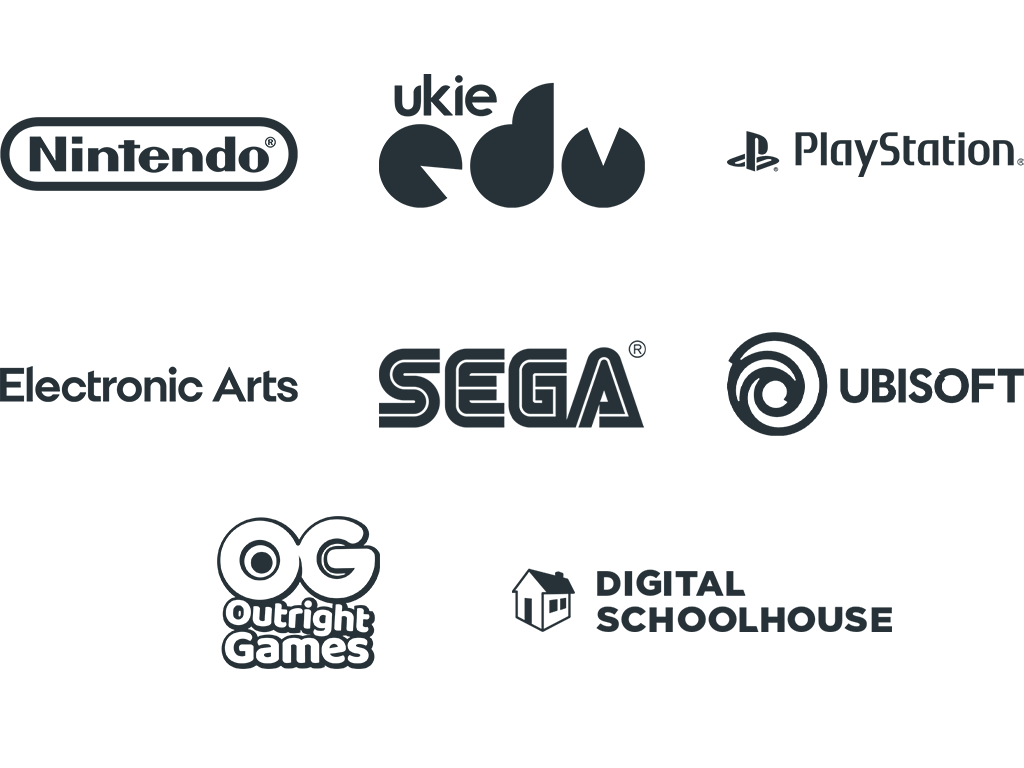
Best of both worlds: Estelle’s journey in a pioneering role - January 21
A virtual future
January 2021
Lockdown one was all about home schooling, lockdown three is all about virtual lessons but what exactly is the difference? In this month’s blog I discuss the difference between the two, what that means for parents and what you can do to help fill any gaps!
The problem with creating high quality virtual lessons is that it takes time to set up the new systems (schools must consider among other things, safeguarding and GDPR when bringing a new system online) and further time to plan and create the lessons themselves. Because there was so little warning before lockdown 1 being announced, for most schools teaching lessons online was out of the question, not because there wasn’t a desire to make things as ‘normal’ as possible for the children in their care but because schools didn’t have the necessary systems in place to support virtual lessons. Therefore, most schools provided packs and logins to access systems they were already using in school. This format required parents to assist with ensuring that work was completed – hence home learning. The third lockdown gave schools something they didn’t have before – time. Although there wasn’t much notice between the lockdown being announced and schools closing the time between the first lockdown and the latest one has given schools time to improve their systems and get their staff used to using the technology they would later rely on for virtual lessons. It’s no coincidence that schools moved their meetings and parents’ evenings onto Teams, Google Hang Out and Zoom; learning to use these systems was vital CPD (continual professional development) if schools were going to be able to offer a truly virtual offering.
With schools better prepared for another lockdown they were able to move to virtual lessons. The government has stated that secondary schools should be offering a minimum of 5 hours of remote education and that this can be via live lessons or pre-recorded videos. My school had asked staff to create a bank of two weeks’ worth of video lessons when we first returned to school after the summer holidays so they could be pushed out quickly in the event of another lockdown – something that created a lot of extra work at the time but has allowed our students to move to virtual lessons seamlessly. I am sure this was a setup mirrored in many schools around the country. The difference between home learning and virtual lessons is that virtual lessons should free up parents to continue with their own work as they do not need to manage their children’s work as much as they did during lockdown one. Virtual lessons allow students to follow their normal timetable and join their lessons remotely, giving them access to their teacher for any queries they may have. Different schools will be handling this in their own way but my school has the teacher delivering their lesson on Teams in school alongside the key worker and vulnerable students with students who are working from home dialling in – that way all students experience the same lesson. Overall, secondary age students should be receiving as close to normal lessons as possible (albeit remotely).
Primary aged students are a little different - the government has stated that schools should be providing them with a minimum of 3 hours work for key stage 1 and 4 hours for key stage 2 – again they have also stated that this can be live teaching or pre-recorded videos. This means that schools have focused, understandably, on English and Maths. Unfortunately, this means that for many of our youngest students they are not receiving any Computing education at all at the moment. Digital Schoolhouse has lots of resources that you can use to supplement the work your child’s school is providing and ensure that they still have Computing as part of their regular curriculum.
Check out our YouTube channel for live follow along workshops: https://www.youtube.com/playlist?list=PLA8lfpEv0vOvSvPNgVOUv2mMqAByTl9nK or for lots of simple activities that teach Computing theory but don’t require a computer we’d recommend Shahneila Saeed’s book How to Raise a Tech Genius (available here: https://www.amazon.co.uk/How-Raise-Tech-Genius-Computing/dp/1472143620).
Most of all remember your child’s teacher is there to help, ask them to simplify tasks if you are routinely needing to break tasks down for your child to understand and remember that there is lots of learning that takes place beyond the classroom.



